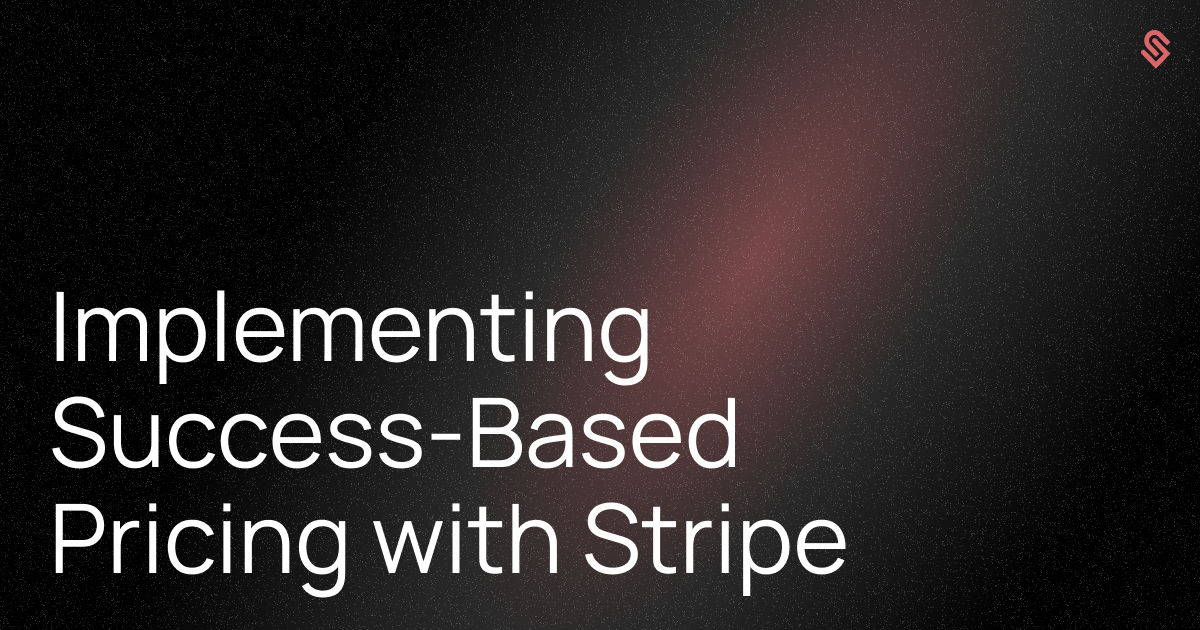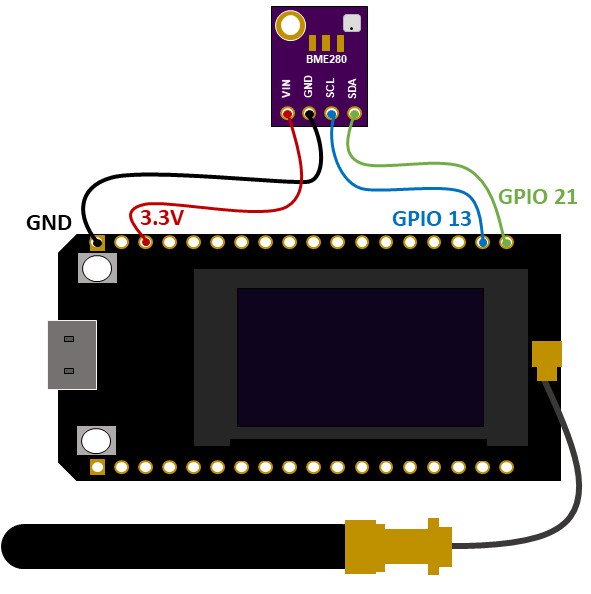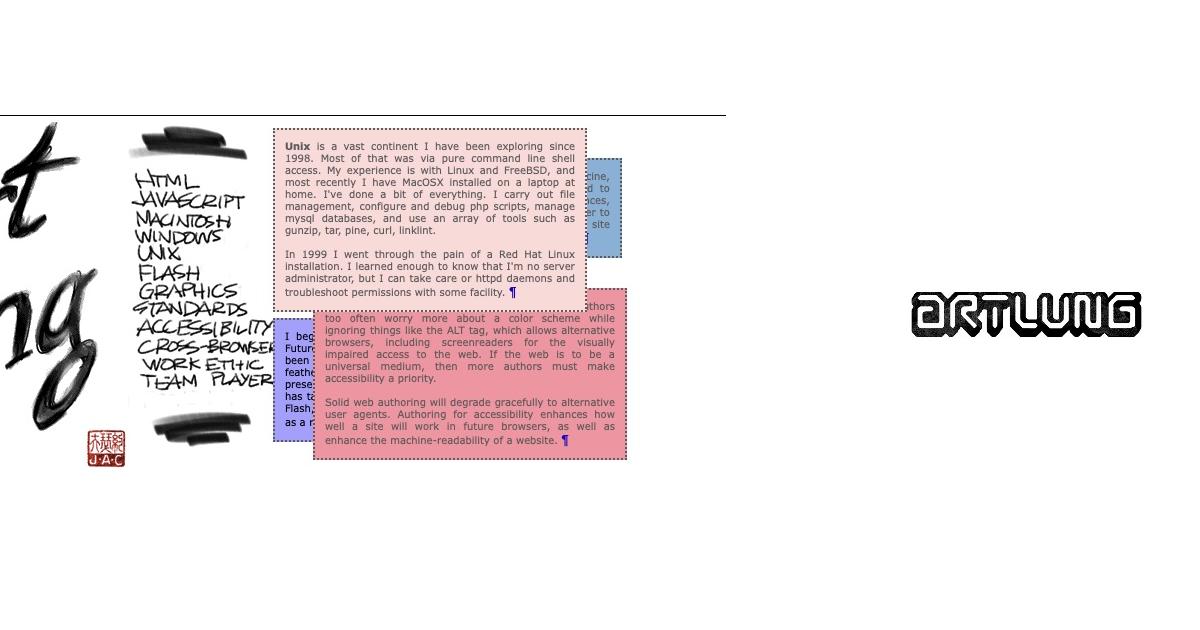
Schematic Blog: How to implement success-based pricing using Stripe
Success-based pricing is one of the more recent pricing models that has gained adoption in software. It is a model where what you are charged for is directly linked to the results or specific outcomes achieved by your customer.
From an implementation perspective, success-based pricing is simply a permutation of usage-based pricing, with a shift towards a value metric that is more aligned with customer outputs.
The beauty of more traditional pricing models such as subscription-based and usage-based, is that they are based on inputs which are quite objective. Work-based and success-based models, on the other hand, can get squishy if defined poorly and harder to model.
In the example below, let’s assume you’re Chargeflow, implementing a success-based metric that’s equivalent to 25% of “successful chargebacks”. Let’s also assume your customer is using Stripe as their payment provider (to charge their customers), and you are using Stripe as your billing solution (to charge them).
In this case, a successful chargeback (aka dispute) is when a dispute is recovered. Chargeflow claims to automate recovery, leading to better outcomes and reclaiming otherwise lost revenue.



















